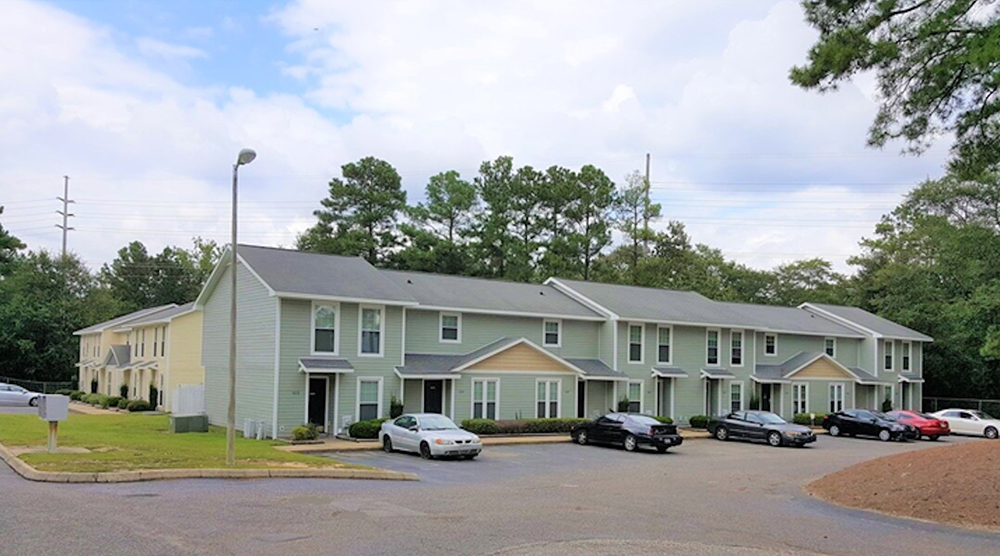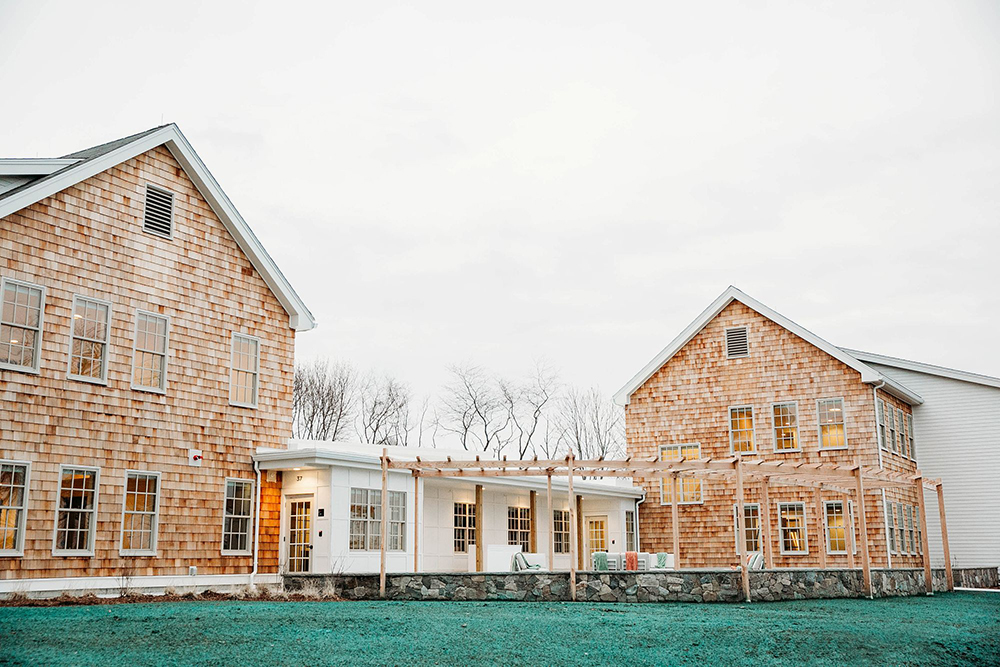Understanding Preferred Equity in Real Estate - by Victor Lattanzi

Semper Partners R.E.
What is preferred equity real estate financing?
Many investors, capital providers, and real estate developers use the term ‘preferred eq-uity’ often. But what exactly does it mean, and what’s its utility when it comes to fund-ing your business and your real estate development projects in the future?
Preferred equity is not so much a specific form of financing as it is a generalized term to refer to a wide class of investments. In essence, preferred equity refers to a partnership where the partner’s interests have a higher priority when it comes to distributions of cash flow and equity than others, or ‘common equities.’
This means that cash flow and profits that remain after a company has made required payments to lenders and creditors must be distributed to preferred equity investors, un-til they have been paid out the full amount agreed upon at the beginning of the agree-ment. This is often dependent on a fixed annual rate.
To calculate their preferred equity total, a company takes their total shareholder equity and subtracts the common shareholder equity. It’s important to note that preferred eq-uity, like common equity, results in another party taking an ownership interest in the company. Having said that, their ownership is unsecured and does not give them what’s known as direct recourse—the ability to retrieve company assets, which is reserved for secure debt holders.
What is preferred equity in a real estate deal?
In a real estate context, preferred equity in a real estate deal can be extremely helpful. Preferred equity is often considered to be a relative to mezzanine debt, but they do have distinct differences. While mezzanine debt is similar to preferred equity debt in terms of its core function, the form it takes is unique.
Preferred equity, unlike mezzanine debt, can be used as leverage to force the company to be sold if payments are not made. Additionally, preferred equity often comes with an attached parameter that entitles the investor to earnings if the project ultimately results in net profit. Mezzanine financing, on the other hand, does not carry any such entitle-ment.
That said, they are similar in many of their functions. Preferred equity and mezzanine debt both provide a form of what’s called ‘gap funding’—quick access to funds that al-low a project to continue or a company to continue operating. They also both offer preference over common equity, as well as legal recourse if payments aren’t made. Be-yond this, they’re unique funding options.
Pros and cons of preferred equity investments
Preferred equity investments in real estate have become increasingly popular in the market over the last several years. They’ve allowed developers and real estate owners to raise the capital they need in order to purchase, develop, or renovate certain properties. In the past, capital that fell short of projections was handled by securing subordinate financing or mezzanine financing. However, many lenders prefer to avoid mortgage loans that take mezzanine financing or subordinate financing into account. As a result, it’s become more difficult for developers and real estate owners to secure these financ-ing opportunities. The rise of preferred equity investments in real estate is a direct re-sponse to this issue.
That said, preferred equity investments carry many of the same rewards, uses, and risks as mezzanine and subordinate financing. These are particularly apparent when it comes to managing changes in the controlling interests of the partnership and changes in the amounts of resources on-hand throughout the exchange.
Preferred equity investments can also take many unique forms, making it difficult to pinpoint which solution will be best for a given real estate development or deal.
That said, it helps to take a look at exactly how preferred equity investments are struc-tured to learn more about whether they’re the right choice for you and your company.
How Preferred Equity Investments are Structured
In general terms, the way that real estate preferred equity investments are structured can depend on a range of factors. That said, deals tend to be structured in the form of an investment made by a single third-party—in return, they are given ownership stake in the owner of the real estate, entitling them to a priority position when it comes to return on their investment. That means they’re entitled to getting a payout before other investors with what is known as ‘common equity.’
One structure involves a design that’s a lot like a loan, involving interest on the invest-ment paid by month in addition to penalties if payments are made. This is beyond the investment stake that the investing company owns in the company. This is commonly referred to as a ‘hard’ preferred equity structure.
Another alternative, the ‘soft’ preferred equity structure, means that the agreement could possibly not require interest payments on a monthly basis depending on total cash flow, and may not have a determined date of maturity or payment obligation. It also may eliminate potentially intense remedies if the investment isn’t paid back to the in-vestor in a timely manner.
Lenders face an interesting choice, because unlike mezzanine financing or even subor-dinate financing, preferred equity investments many not present their terms clearly when a transaction is first proposed.
What lenders look for in preferred equity real estate deals
In general, lenders like to see a stable set of conditions when they’re considering a part-ner in a preferred equity real estate deal. These can include terms that are specific to the lender, but these are some general conditions that often need to be met:
• $1-$40 million in loan value
• Terms lasting up to approximately one year
• Interest-only payments are expected
• Many lenders consider asset classes such as industrial, commercial, and mixed-use properties and development projects
• Preferred equity is available for restructuring, value-added, recapitalization, and leveraged buyouts
While this is not an exhaustive list, this is often what lenders will look for when consid-ering whether to go forward with a preferred equity real estate financing deal.
Preferred equity real estate example
Let’s look at a quick example of what a preferred equity financing situation might look like. Let’s say that a real estate company is looking to purchase an apartment complex located in Ohio, at an estimated price of approximately $40 million. Their plan involves a great deal of value-added propositions, and they’re looking for additional funds as well as a preferred equity to complete what’s known as their capital stack.
A lender might put together a $10 million piece of preferred equity, paired with some-thing along the lines of an 80-20 ownership split and an investment term of around 5 years in length. This will allow the real estate developer to complete their plan, invest in the property, and hold onto vital cash reserves in order to fund other important projects they may be managing.
How to read a real estate preferred equity term sheet
A real estate preferred equity term sheet is not a legally binding document in most cas-es. Rather, it’s a way for both parties to put in writing exactly what is expected from them both as it pertains to the deal. A term sheet outlines exactly how the deal will be structured, what terms must be met, which parties will be given which shares of equity in the investment, and other vital data. These terms can include:
• Closing date, which determines when the deal will be made official
• Investors, which shows who is investing into the project and how much
• Amount raised, which shows exactly how much in funds has already been raised for the project
• Valuation, or how much the project is valued as being worth
• Other terms such as dividends, liquidation preferences, voting rights, protective provisions, optional conversion, and anti-dilution provisions can all be present in a term sheet. The more detailed the term sheet, the less likely that there will be any disputes between the parties involved.
Victor Lattanzi is managing partner at Semper Partners R.E.
Preservation of Affordable Housing secures $23.5 million in financing from Rockland Trust and Citizens Bank

Examples of investors who used Kay Properties for legacy and estate planning purposes for rental property/portfolios - by Dwight Kay










